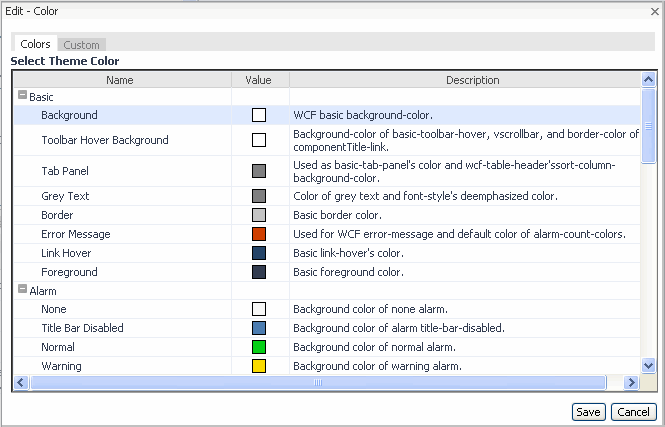Removing a Data Object from Storage
An object using Site, User, or Session storage can be removed from those storage mechanisms by calling the remove() method on the object.
Query
A Query has the following properties:
|
If this is checked, the TimeRange currently in force is ignored, and data for all time is selected. | |
Unlike String parameters, Query parameters are not used directly by the Query. Rather, they are evaluated by the Query, and then passed on to the underlying query, which is executed by the Query. For more information, see Parameters in Queries .
The behavior becomes more complex if the root is a parameter that evaluates to a list of data objects, and the query specifies aggregation, such as Max. In this case you have a choice:
For example, you have a view which is a row-oriented table that displays a list of hosts down the rows. You want to see the maximum severity of events for each host in another column of the table, which requires using option b. If the root parameter is the list of hosts, and the aggregate Query is selecting the maximum severity of events, then the results are a list of the maximum severities of the events for each of the hosts (one maximum per host).
Configuring the Query Dialog Box
|
1 |
Select the Values property of the desired column of the row-oriented table view. |
|
2 |
Set that property to be a Query that accesses the correct query. |
|
3 |
Check the Iterate Over 1st Parameter check box in the Query. |
If a Query uses Iterate Over 1st Parameter and has an On Null binding, the On Null may need to access the current value being iterated over during the Query evaluation of the list that is set as the first parameter. To make this possible, the current value from the first parameter is put into the context with the key currentParameter prior to evaluating the On Null.

